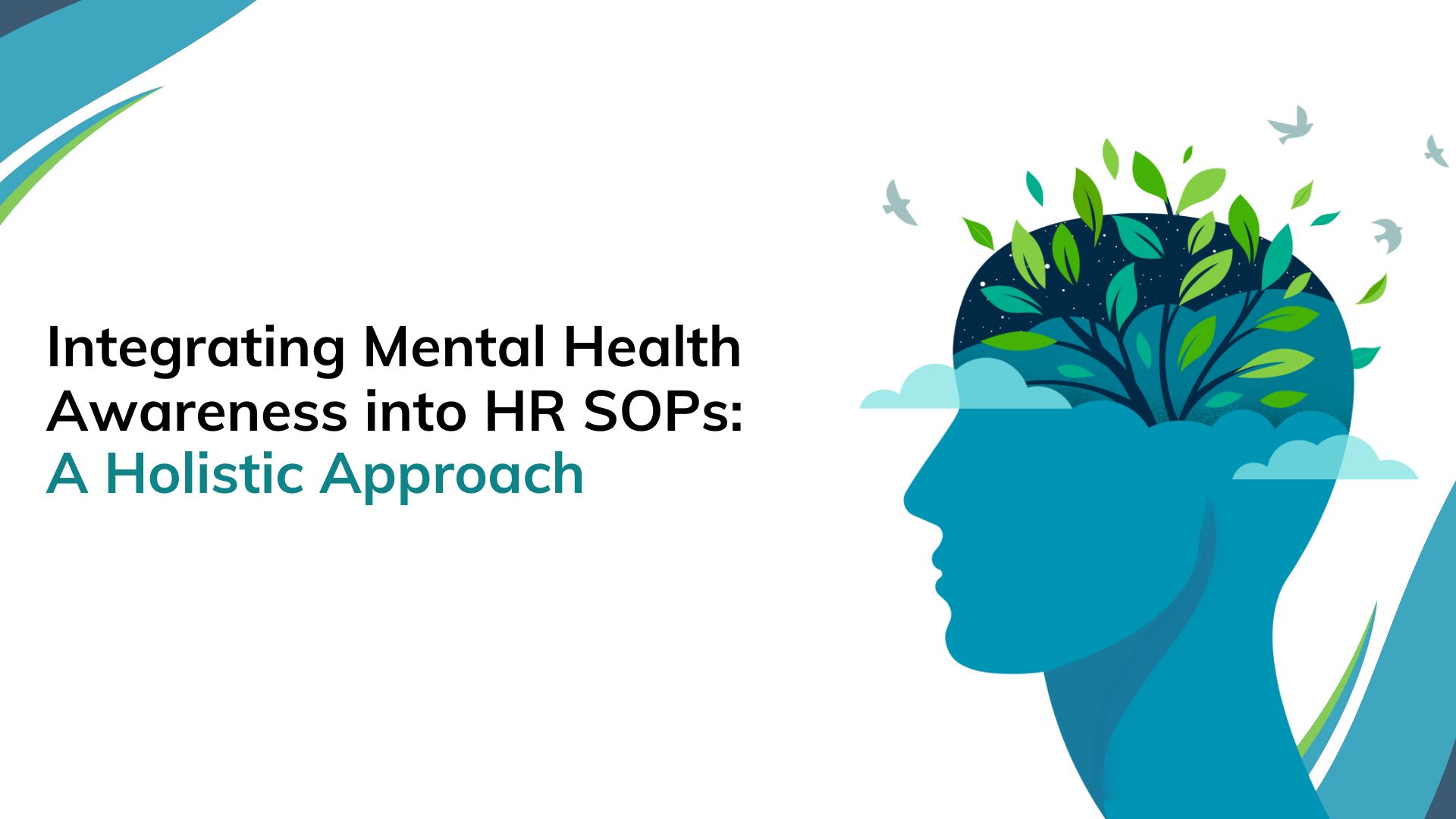Home » Performance on Point – Your Essential PMS Implementation Checklist
Getting your team motivated and improving their performance at their best is critical to the
ultimate success of the business. Enter the Performance Management System (PMS) – a
powerful tool for aligning employee goals with organizational objectives, fostering
development, and ultimately driving success.
But implementing a brand new PMS can feel overwhelming. Here at Braandix, we’ve got
your back! We’ve compiled a comprehensive checklist to guide you through the process,
ensuring a smooth and effective PMS rollout.
Step 1: Define Your Goals (Because Every Hero Needs a Mission)

Just like any superhero, your PMS needs a clear mission. What do you hope to achieve with
this system? Here are some common goals to consider:
- Improved employee performance and productivity
- Enhanced communication and feedback
- Stronger alignment with company goals
- Building a successful PMS requires a collaborative effort. Here are the key players you need
- on your team:
- Talent identification and development
- Fair and objective performance evaluations
Step 2: Assemble Your Avengers (The Dream PMS Team)
Building a successful PMS requires a collaborative effort. Here are the key players you need
on your team:
- Executive Sponsor: A high-level champion who drives buy-in from leadership.
- Executive Sponsor: A high-level champion who drives buy-in from leadership.
- HR Team: Experts in navigating performance management processes.
- Department Heads: Responsible for cascading goals and providing feedback.
- Employees: The heart of the system! Their input is vital for success.
By involving these stakeholders from the start, you’ll ensure a well-rounded PMS that caters
to everyone’s needs.
Step 3: Choose Your Weapon (Selecting the Right PMS Software)
There’s no one-size-fits-all PMS solution. Consider factors like your company size,
budget, desired features, and ease of use. Explore different software options with
demos and trial periods to find the perfect fit for your team. Here are a few
recommendations:
- Tool 1: BambooHR
- Pros: User-friendly, integrates well with other HR systems, offers robust reporting features.
- Cons: May be expensive for small businesses, limited customization options.
- Best For: Mid-sized to large enterprises looking for an all-in-one HR solution
- Tool 2: Zoho People
- Pros: Affordable, highly customizable, excellent customer support.
- Cons: Interface can be overwhelming for new users, some advanced features require
additional costs. - Best For: Small to mid-sized businesses needing a scalable solution.
- Tool 3: PerformYard
- Pros: Focuses on performance management, offers continuous feedback options, customizable review processes.
- Cons: Lacks some HR features found in more comprehensive systems, initial setup can be time-consuming.
- Best For: Organizations focused primarily on performance management rather than broader HR functionalities
Step 4: Craft a Clear Performance Framework (Defining the Rules of Engagement)

Your PMS should have a well-defined framework outlining key performance areas (KPAs),
goals, and evaluation methods. Here’s what to consider:
- KPAs: Measurable indicators of success specific to each role.- Goals: SMART goals (Specific, Measurable, Achievable, Relevant, and Time-bound)
- aligned with individual and company objectives.- Evaluation Methods: Define how performance will be assessed. This could include
- self-evaluations, manager evaluations, peer reviews, or a combination.
Step 5: Train Your Team (Empowering Your Workforce)
Before utilizing your PMS to its fullest, ensure everyone understands how to use it
effectively. This includes training on:
- The PMS system itself.
- Setting SMART goals.
- Providing constructive feedback.
- Conducting performance reviews.
By providing proper training, you empower your team to navigate the system with confidence
and contribute to their own success.
Step 6: Launch and Monitor (Time to Put Your Plan into Action!)
It’s go time! Implement your PMS and be prepared to make adjustments as needed.
Regularly monitor key metrics to assess its effectiveness and identify areas for improvement.
Gather feedback from employees and managers to ensure the system is working for
everyone.
Effective Feedback Mechanisms:
- SurveyMonkey: Create and distribute employee satisfaction surveys
Example: Conduct quarterly surveys to assess satisfaction and areas for improvement.- 15Five: Facilitate continuous feedback and performance check-ins.
Example: Use weekly check-ins to address issues promptly.- Focus Groups: Organize diverse employee groups to discuss the PMS.
Example: Hold focus groups post-implementation to understand experiences and gather suggestions.
Examples of Successful PMS Implementation
Small Business Implementation
- Company: Ayurbhoomi
Industry: Ayurvedic Medicine distributors
– Challenge: Ayurbhoomi needed a way to manage performance for their rapidly growing team
– Solution: Implemented BambooHR for its user-friendly interface and robust performance management features.
– Outcome: Improved employee engagement and streamlined performance review process, leading to a 20% increase in productivity.
Large Enterprise Rollout:
- Company: Herbal Solutions
Industry: Ayurvedic PCD franchise
– Challenge: Herbal solutions required a scalable solution to manage performance across multiple departments and locations.
– Solution: Chose Zoho People for its comprehensive features and customization options.
– Outcome: Achieved better alignment of employee goals with organizational objectives, resulting in enhanced overall performance
Bonus Tip: Communication is Key (Don’t Be a Silent Guardian)
Open communication is vital throughout the PMS implementation process. Keep your team
informed about updates, address concerns, and celebrate successes. Remember, a
transparent PMS fosters trust and engagement.












